I received a business trip notification to South Africa just one week before the departure date, which made me thought “oh no, going to africa? I’m going to live in poor living conditions with some Africans that appear on TV?” Feeling desperate, i was hopping my visa wouldn’t be approved by the embassy. However, seven days later, as an interpreter, i accompanied the delegation to Cape Town – the first destination of the journey full of surprises and luck.
[rpi]
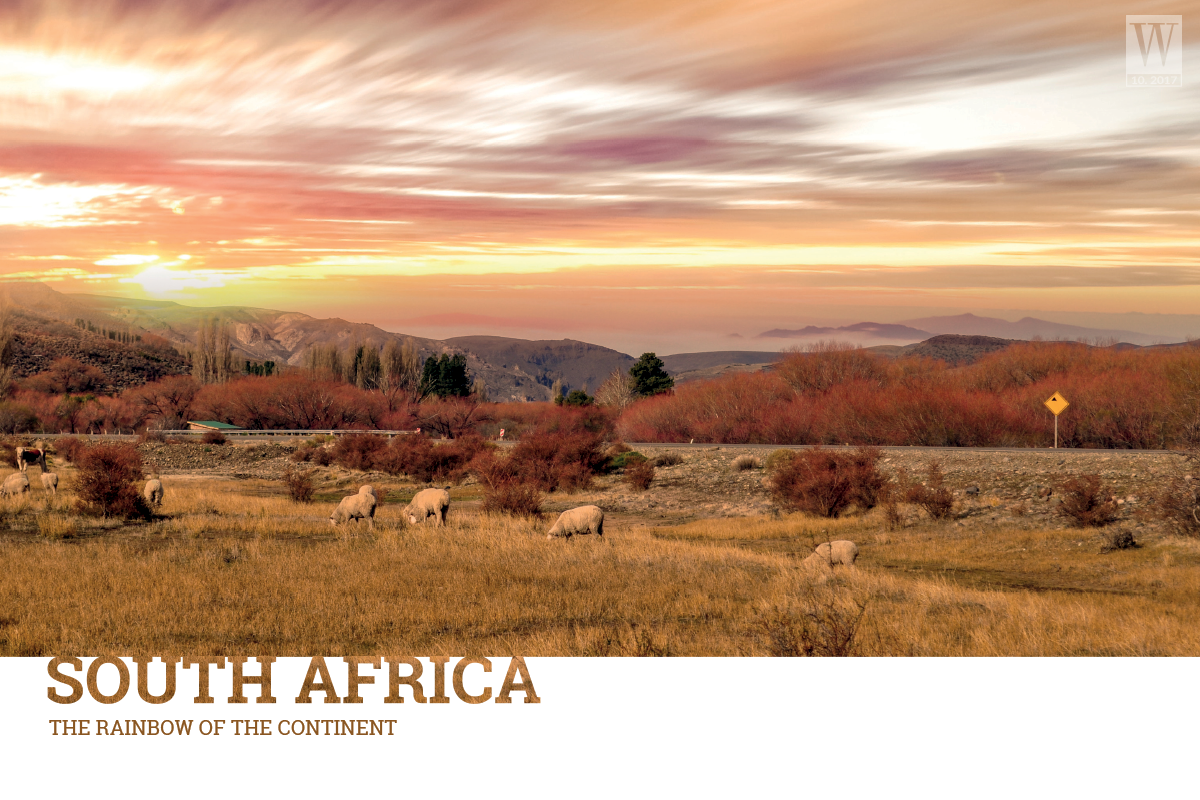
CAPE TOWN – WHERE TWO OCEANS MEET
Francois – a Dutch local guide welcomed us at the airport with his radiant smile and friendly handshake. Being one person of the 9 percent of whites in South Africa, he is proud that his ancestors were the first immigrants to set foot in Cape Town, beginning the process of exploiting the continent.
Cape Town is known as the legislative capital of the only country in the world that has three capitals. However, what makes Cape Town the most attractive tourist destination in South Africa is its unique natural geographic location – where the Atlantic Ocean and the Indian Ocean meet. Therefore, it is not difficult for me to feel the harmony between the natural landscape, the abundant flora and fauna, and favorable climate of the place.
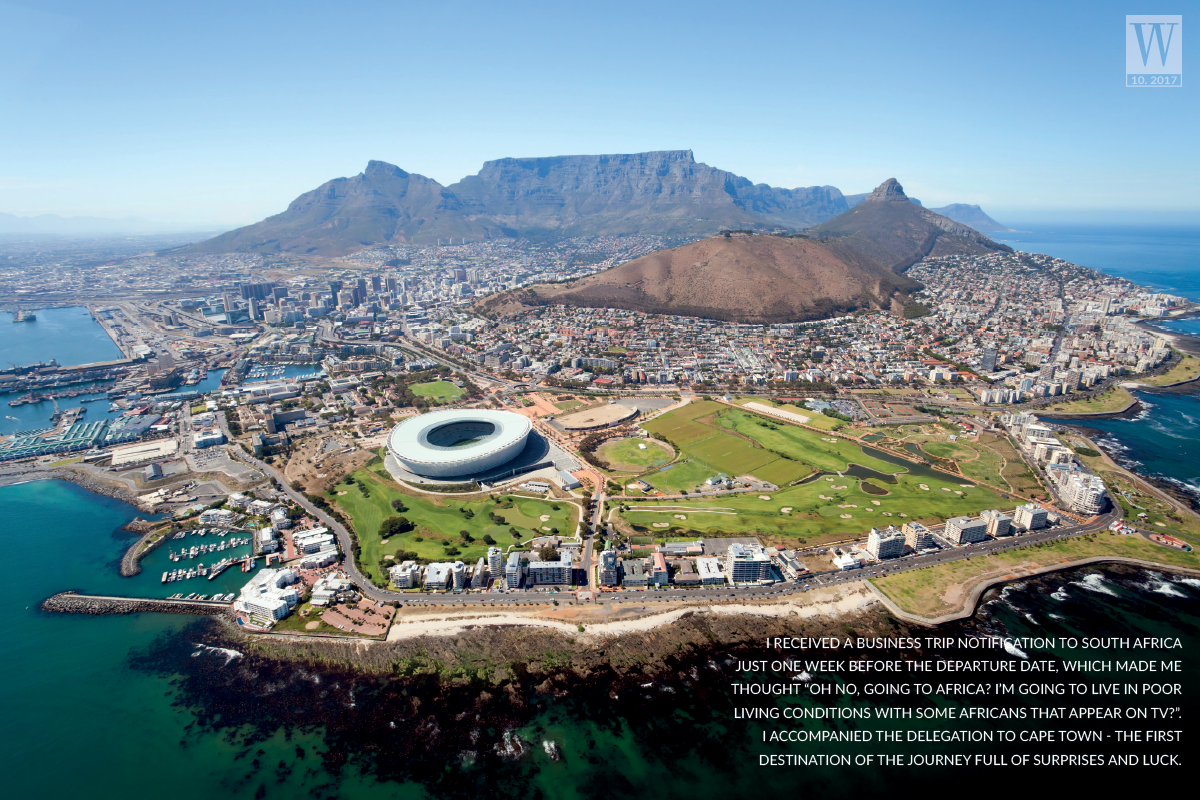
June, though not the season of purple Jacaranda flowers blooming on the streets, is the time of early winter. A little cold but still sunny weather, and places are not too crowded with tourists. This is the ideal time to enjoy the feeling of freedom on the wide roads between two rows of trees scattered with golden light filtering through the leaves, which feels like a sweet resonance of autumn to welcome and mesmerize us.Contrary to my “preconceptions” about a poor country, Cape Town appeared with 4-lane roads, luxury villas along the beach, and streets covered with green trees. From the airport, we headed straight to V & A Waterfront and felt overwhelmed at Cape Town’s most famous shopping complex in front of Table Bay. This is the place where any shopaholic definitely wishes to go; there are over 450 booths with loads of famous brands’ products. Our delegation spent the whole afternoon here; the women went shopping, so the men took the children to Two Ocean Aquarium to learn about the sea creatures living in the place where two oceans meet. For a person who is not keen on shopping and does not have children like me, watching the fishing boats coming in and out of the harbor for loading and unloading goods as well as carrying tourists, and enjoying street magic performances was enough to make an autumn afternoon in Cape Town unforgettable. When the lights came on, the streets became more crowded and busier. We, like many people, chose a restaurant right opposite the harbor to enjoy the luxury of this place before going back to the hotel. Contrary to the modern but crowded city visit the day before, we decidedly to visit historical sites on the next day. These sites are associated with the historical African faith and their journey to reclamation.
Table Mountain is one of the symbols of Cape Town, as you can see the mountain from anywhere in the city. Just by looking at the mountain, you will understand the origin of its special name. For the fisherman, seeing Table Mountain appear behind the clouds from the distance means that they have arrived home safely. Fortunately, when our car arrived at the foot of the mountain, it stopped raining and the fog disappeared, making the cable car service operational again. From the top of the mountain, I was overwhelmed by the splendor of the city embracing the coast from above, surrounded by the two sides of the mountains. Along with Signal Hill, Lion’s Head on the left and Devil’s Peak on the right form an arched shape, “Table Mountain embraces the city, protects the people from the storms from the two sides of the ocean.” – Francois proudly said. Also at the top of Table Mountain, Francois showed me a Protea – the national flower of South Africa. This flower was chosen as a national symbol because it survives despite the aridity of the granite and sandstone layers here, like the South African nation which has gone through many ups and downs to become the richest country in the continent.
When visiting Cape Town, you should definitely go to the Cape of Good Hope – the point where the two oceans meet. On the way to the Cape of Good Hope, Francois showed me Vasco da Gama, memorial – the statue of the first Portuguese to discover the Cape of Good Hope in the 15th century. Then the Dutch got the information and brought immigrants here to set up a stopover for cargo ships from Netherlands to India in the 17th century. Arriving at the Cape of Good Hope, I felt so fortunate to be able to reach the meeting point of the Indian Ocean and the Atlantic Ocean, also the first place of Africa to be discovered. This land has witnessed many great discoveries of humanity. After many steps, we reached Cape Point – the southernmost point of Cape Town, where located at the top of the hill is a lighthouse leading the way for fishingboats. We rode the last cable car to the lighthouse, touched thesignpost, and measured the distance from here to London, Riode Janeiro, and New York.
The highlight of Cape Town is the visit to the home of rare animals. From Hout Bay, the boat took us to the Seal Island, where thousands of seals were swimming and sunbathing, without the fear of human encroachment. Passing by the million-dollar villas of Hollywood stars in Simon town, we stopped at Boulders Beach and walked to the colony of penguin – the kind of birds that is on the Red List of Threatened Species and preserved only in this region. From a few ten thousands five years ago, there are now only a few hundred due to climate change. I was so lucky to see them with my eyes, these cute little birds fluttering on the beach.
PRETORIA – HISTORICAL CAPITAL
As soon as we landed at Johannesburg airport, we were taken to Pretoria – the important administrative capital with many historic vestiges. South Africa is also known as the rainbow Nation because of its cultural and ethnic diversity. On the way to our first destination, the Union Buildings, Sonet – a tour guide in Pretoria – told us about the continuous effort of the people here to have a better life. In order to become a developed country, South Africa has undergone a period of persistent struggling: Breaking free from the domination of the British and the Dutch, and overthrowing the Apartheid.
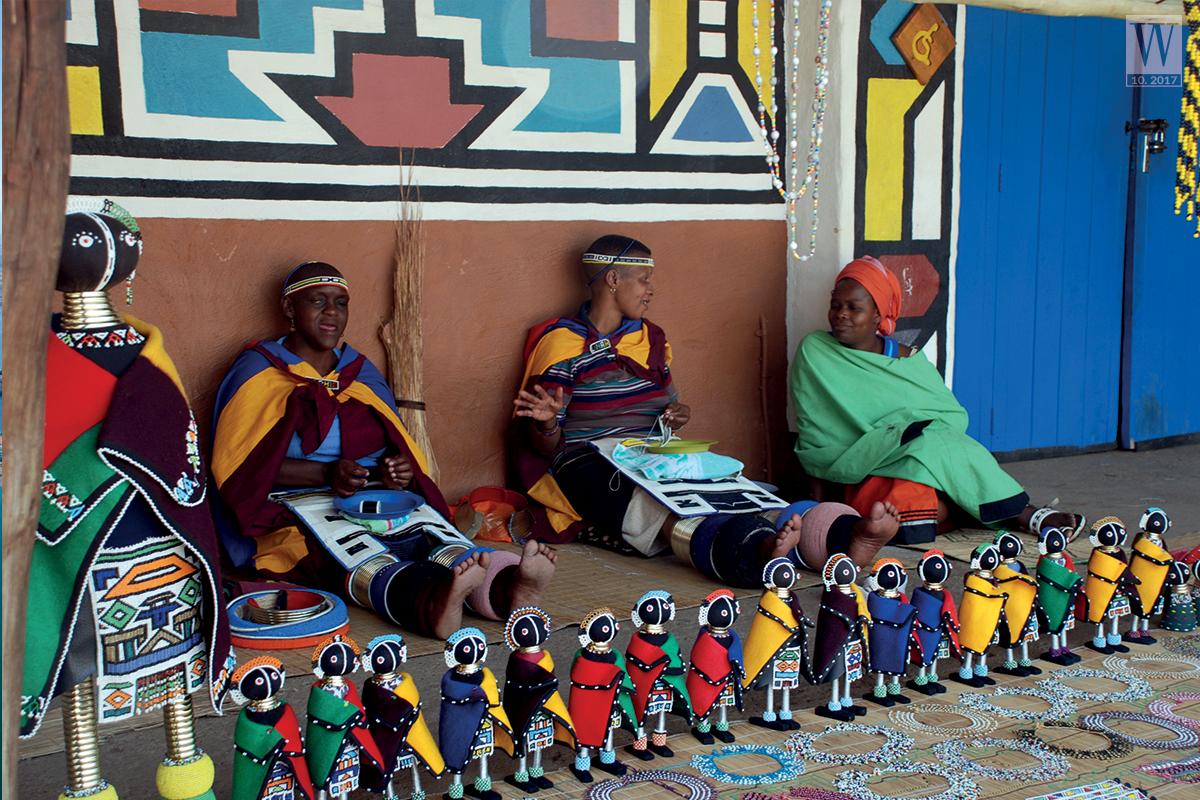
As her story came to an end, we arrived at the Union Buildings – where the Presidency office is located at. This is the place where the inauguration of Nelson Mandela – the first president to be elected after the end of Apartheid – took place in 1994. Also in this place in 2013, hundreds of thousands of people gathered for his funeral. Our attention was paid to South Africa’s highest statue of Nelson Mandela in front of the building. The statue with two hands stretching out, linking the two wings of the Union Buildings is the symbol of the spirit of national unity for the country of the legendary president.
Continuing our journey, we visited the Voortrekker Monument – built to commemorate the Dutch who died during the eight-year Great Trek from Cape Town to Pretoria to escape the British sovereignty. The city of Pretoria was named after a Voortrekker leader. Stepping into the Monument, I was especially impressed with the handmade tapestry in the basement, which depicts several events that took place during the Great Trek. It is said that nine women had worked for eight years to complete this masterpiece. Another interesting factor is that the dome of the Monument has a hole that is only open for the sunrays penetrating every year at noon on December 16th – the Day of Reconciliation – to guide the people who had enlightened this land in the past.
GOLDEN CITY OF JOHANNESBURG
Coming to South Africa, you should definitely buy gold or diamonds. But if you cannot afford such an expensive item, you can still have a great experience exploring a gold mine like me.
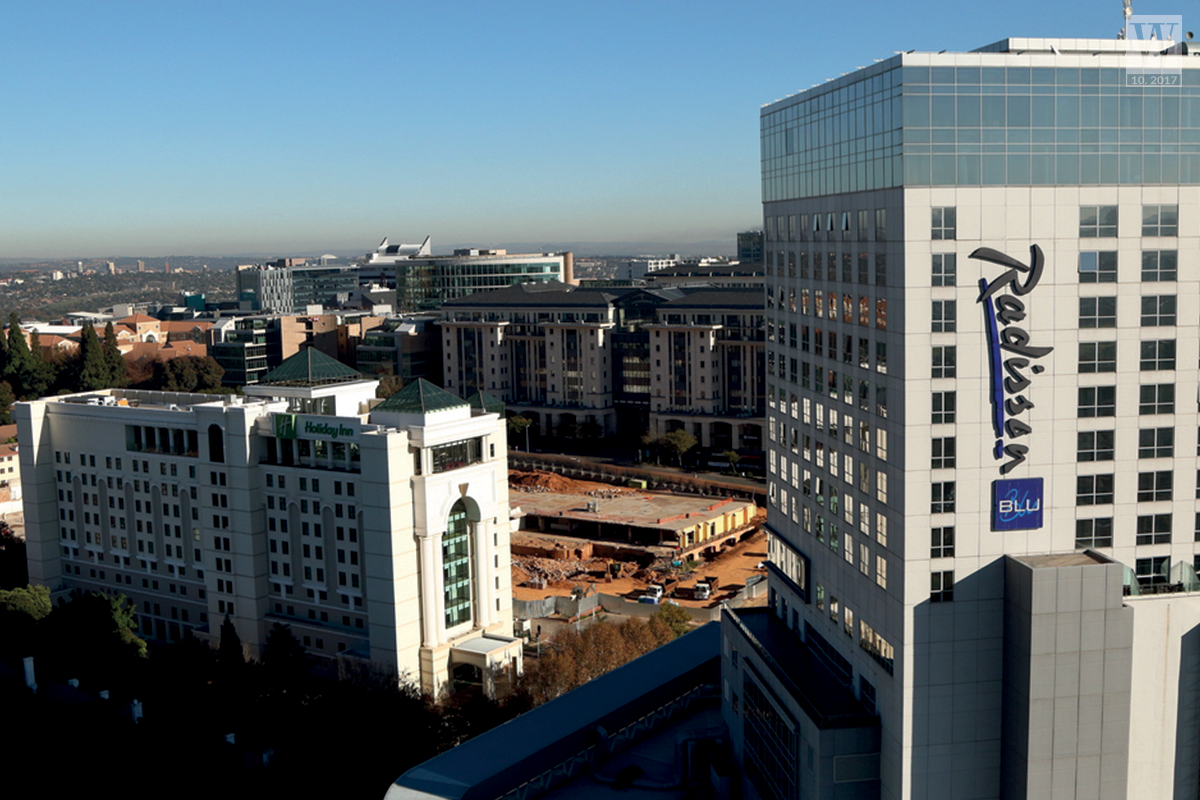
We asked to go to Gold Reef City Theme Park instead of the historical relics. As this park was built on an old gold mine and the mines still remain under the ground, we could observe the mining process which was imitated perfectly. A ticket for entry includes a gold mine tour for the price of ZAR190 for adults and XAR120 for children under 1.3 metres height. We were given helmets and flashlights. The iron-cage-shaped elevator took us down to the depth of 13 metres to the first floor where trams were filled with rocks, which inner layers were solid gold. Going deeper, we saw the drills and machines used for exploitation. It is said that this mine had a depth of 50 metres and there is plenty of gold still remaining right under my feet. Going out of the mine, the tour guide took us to an auditorium that showed how to make a 1-kilogram gold bar. We were encouraged to touch this gold bar then touch our earlobes before leaving the room to pray for luck. Just like gold spreading throughout the rocks and soil, the wealth of South Africa is still accompanied with poverty.
Johannesburg is one of the cities that has an enormous gap between the rich and the poor. When in Sandton, I could wander between skyscrapers, a busy commercial centre, and beautiful modern streets. However, when I travelled only seven miles to Alexandra, I felt like I was in another country. It took nearly 50 years for South Africa to overthrow racism, so it may also take a lot of time and effort to narrow the gap between the rich and the poor. I believe if they have enough courage and persistence, South Africa will achieve it.
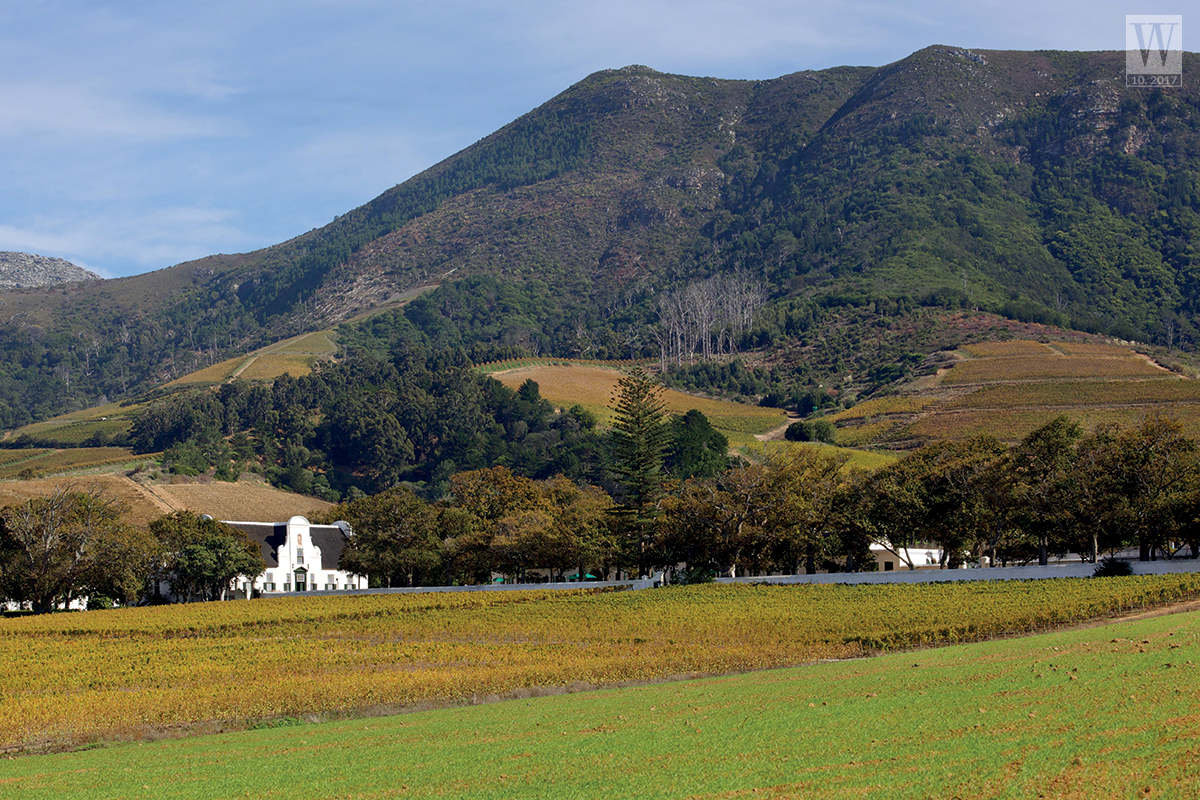
W.TIPS
VISA
It is recommended to apply for a visa one month before the trip at the South African Embassy at Level 3, Central Building, 31 Hai Ba Trung Street, Hanoi. The processing time at the Embassy is 10 working days and the visa fee is 57 USD. Note: For children under 18, you need 02 certified copies of their birth certificate, one to submit to the Embassy and the other to bring along during the journey customs will always require this document to let you pass through the border gates.
TRANSPORTATION
Two prestige and low-cost airlines flying from Hanoi to South Africa are Emirates (transit in Dubai) and Kenya Airways (transit in Nairobi, Kenya).
CURRENCY
The currency of South Africa is Rand (1 USD = 13.3 ZAR), and you are recommended to exchange currency at the airport or trade centre. However, remember that you cannot change back to the US Dollar when needed. Also, because South Africa has the highest crime rate in the world, it is advisable to make payment with a credit card instead of carrying cash. Almost all restaurants and shops accept card payment.
SOME GUIDANCE NOTES ON SAFETY
Do not wear expensive accessories and put cash in the back pocket. Do not withdraw cash at ATMs at night or go to the attractions alone. Be wary of strangers who ask you to exchange money, and absolutely do not respond to offers for banned things in South Africa such as ivory or rhinoceros horns.
Important documents, cash or valuables belongings should not be left in the hotel room but should be deposited at the hotel reception to prevent theft.
IDEAL TRAVEL TIME
The best time to visit South Africa is in the spring (from September to November) when the weather is cool, and the streets are filled with purple Jacaranda blossoms. Or you can travel here in the winter (from June to August) when it is cold but not freezing. Cape Town is also recently ranked by National Geographic as one of the top 10 amazing destination in autumn. However, you should bring a jacket or a scarf because of the big difference in temperature between day and night.
OTHER NOTES
♦The standard voltage and sockets in South Africa are 220V to 250V and 3-pin type respectively, so it is recommended to carry a travel adapter and a multi-purpose outlet.
♦ It is advisable to prepare a photocopy of your passport and other necessary personal Identity documents; in the case of missing, the embassy may issue a new passport or travel document in the shortest possible time.
♦ It is advisable to travel to Kenya or Tanzania because the flight route is quite convenient and you can apply for a visa of these two countries at the border gate. Moreover, do not forget to take the vaccination against yellow fever and bring it along if you go to African countries where this disease is detected. You will be required to be checked at the immigration desk.
♦ Do not take photos of local people, the police or animals being fed, without permission, especially at local attraction sites where you will be hassled for money.
Huong Thao | Wanderlust Tips

